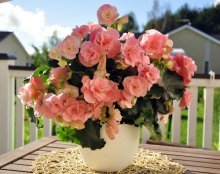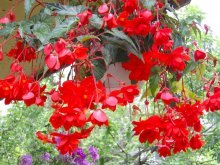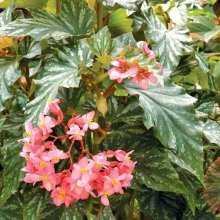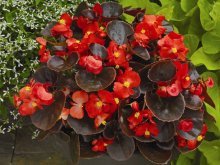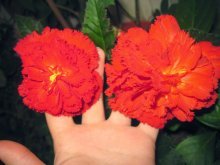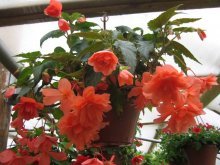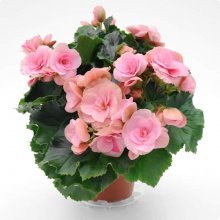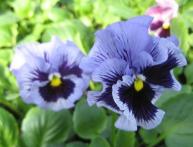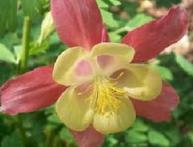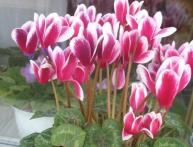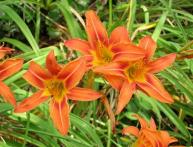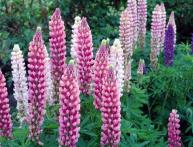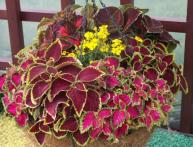Why begonia does not bloom at home, or the components of success
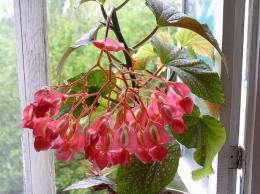
Flowers begonias They amaze the imagination with their splendor and tenderness; experienced flower growers claim that their beauty can only be compared with roses. In most cases, the attention of buyers in flower shops is attracted by the flowering specimens; it is impossible to remain indifferent while looking at them.
But the purchase often becomes a cause of disappointment, over time bloom stops, problems arise with organizing proper care, and the question arises when will the buds appear. Moreover, solving the second part of the question is much more difficult.
Usually begonias grow and turn green, but they don’t even think about flowering. Let's look at why it doesn't bloom begonia at home, what is the reason for this behavior of the plant?
Content:
- Types of begonias
- Why doesn't begonia bloom at home?
- Lighting
- Proper watering - how to organize it
- Feeding
- Temperature
- Air humidity
- Everything is important - even the composition of the soil
- Organization of wintering
- About the flowering of begonias
Types of begonias
All varieties known today are divided into deciduous and flowering. If the latter are attracted by their vigorous and lush flowering, then deciduous ones are bred precisely because of the decorativeness of the leaves. Such instances or not at all bloom, or they have small and completely inconspicuous flowers.
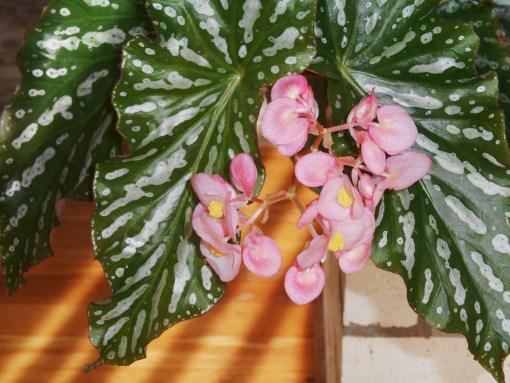
Flowering plants, in turn, can be divided into:
- tuberous, which are characterized by the death of the ground part after flowering, with the further growth of a new bush
- bushy, the death of the ground part is not observed in them, but the plant must remain dormant for some period
- evergreen
The most beautiful flowering is observed in tuberous and bushy varieties. If deciduous varieties throw away buds, then it is recommended to remove them and admire the beauty flowering It is unlikely that it will succeed, but the sheets will most likely lose some of their attractiveness.
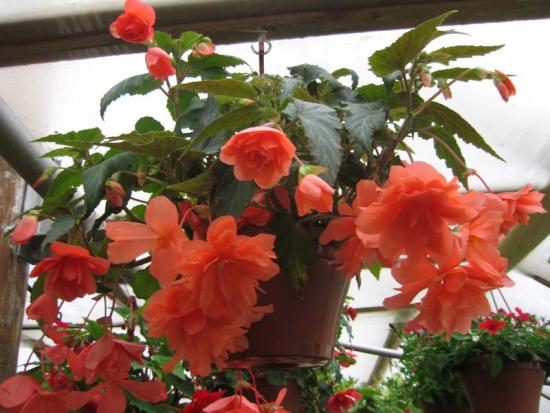
Caring for begonia is a rather complex process that requires certain knowledge and skills. If you ignore the requirements, the question of why the ever-flowering begonia does not bloom can be considered rhetorical.
Why doesn't begonia bloom at home?
There are many reasons that can lead to a lack of flowering; in most cases, this result is the influence of not one, but several factors. And a negative phenomenon often occurs due to ignorance of the features and principles care. If you want to achieve spectacular flowering of begonias, consider each of the points described below.
Lighting

Among the first requirements is good illumination of the place where the flowerpots with plants are located. But at the same time, direct sunlight should not fall on the leaves. You can get bright lighting, which is so important for flowering specimens, by placing pots on windows facing east or west. If there are no other options, such as southern windows, you will need to create diffused light for the plants.
Leaf burns, which can result from exposure to sunlight on unprotected leaves, are extremely undesirable, especially during the flowering period.
Proper watering - how to organize it
Begonia loves high humidity, but to organize watering should be done in such a way that the ground is not too wet - begonias are prone to fungal diseases. As a preventive measure, watering with the addition of fungicides or manganese is used.
The plant experiences a special need for high-quality watering in the summer, on hot days. But we must not forget. that your pet can suffer greatly from stagnant water in the pot; moreover, stagnation of water should not be allowed even in the tray of the pot.
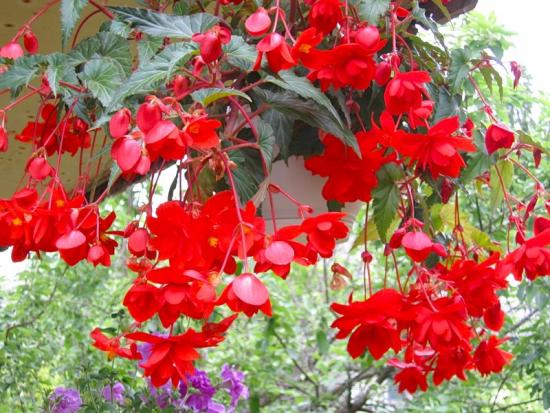
Determining the optimal watering time is not difficult - the soil should dry out by at least one and a half centimeters after the previous moistening.
With the onset of winter, watering is carried out less frequently, tuber varieties Stop watering altogether. In winter, they begin a period of hibernation, during which time it is recommended to place them in peat and take them to a cool place.
Feeding
It is recommended to accompany the flowering process itself with fertilizing with mineral fertilizers. Flowering may stop due to the weakness of the tuber, which is caused by poor soil and insufficient nutrients in it. Therefore, it is not recommended to use unsuitable substrates when replanting, or to plant in pots that are too large or small.
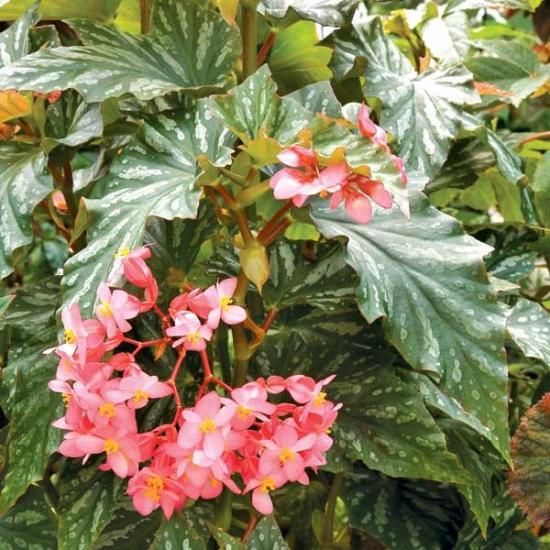
The plant will need to be fed twice a month during the flowering period, and the fertilizer should not contain large amounts of nitrogen. Fertilizers rich in this element are recommended for use on decorative foliage plants - it can have an inhibitory effect on the formation buds, while increasing leaf growth activity.
Temperature
Excessively hot and dry air affects flowering activity.The optimal temperature is considered to be from +18 to +22 C in summer; in winter, the temperature can drop to +15 C.
Air humidity
In their natural habitat, begonias do not suffer from lack of moisture, because... grow in the tropics or subtropics. When growing in an apartment, this should be taken into account and, if possible, ensure that the humidity level is high. However, you should spray the leaves with caution, as drops of water on their surface can cause brown spots to appear.
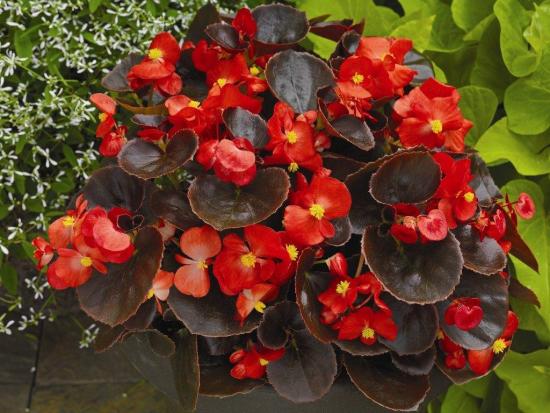
The best option would be to place a pot with a flower on an inverted pallet, which is installed in another, larger one and filled with expanded clay. Expanded clay is well moistened; the gradual evaporation of water will provide a comfortable humidity environment for the plant.
Everything is important - even the composition of the soil
The soil for planting plants on one side does not have any special requirements, but experts recommend buying in specialized stores exactly the one that is suitable for begonia intended. If it is possible to prepare it yourself, then you will need to: add the same amount of a mixture of chernozem and peat to half the volume of leaf soil. The bottom of the pot should be lined with pebbles, then covered with about a centimeter layer of sand.
Transplants are carried out if the roots have grown too much and are cramped in the old pot, naturally, a larger container will be required. The optimal time for transplantation is early spring. The remains of the old soil are removed from the roots, and the roots themselves are treated with a solution of potassium permanganate. All defective and rotten roots should be identified and carefully removed.
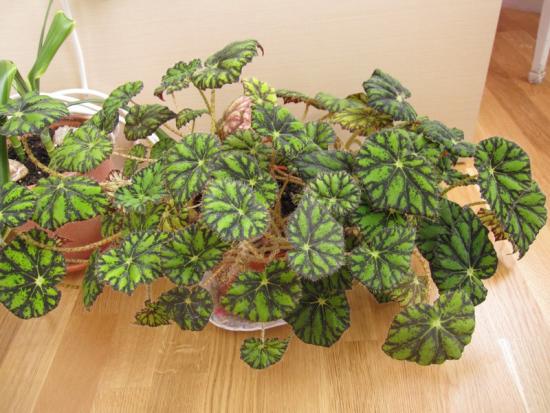
Transplanted plant:
- don't put it in the sun
- water little by little, very often
Organization of wintering
Flowering of tuberous varieties can occur only after wintering is organized in a certain way, i.e. in autumn plant should shed its leaves, go into a state of dormancy, and by spring a new plant will appear, potentially ready to bloom.
The answer to the question why tuberous begonia does not bloom may lie precisely in the improper maintenance of the plant in winter.
To the deep disappointment of flower growers, it should be noted that the so-called. Dutch "potted bouquets" are hybrids and are not intended to continue to develop and grow. In order to cause rapid flowering of such varieties, stimulating and hormonal agents are used; at the end of flowering, such a plant usually dies.
About the flowering of begonias
Bloom begonia - the sight is extremely attractive, luxurious, surprisingly bright. Their flowers can resemble the shape of camellias and roses, daffodils or carnations.
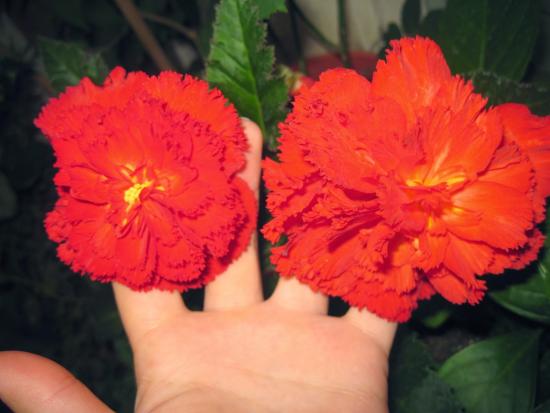
Flowering plants create an amazing, festive atmosphere in the house. Begonias planted in flower beds will delight the eye from May to September. In apartments, begonia can bloom from early spring to late autumn.
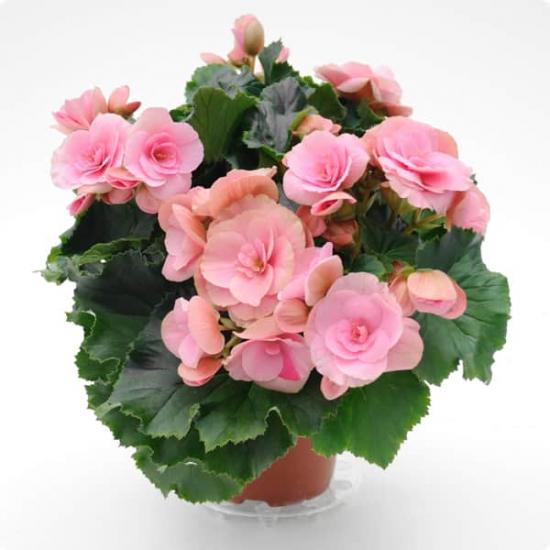
At the end of the review, we’ll look at a video about why indoor begonias don’t bloom, and we’ll also learn the secrets of care:

